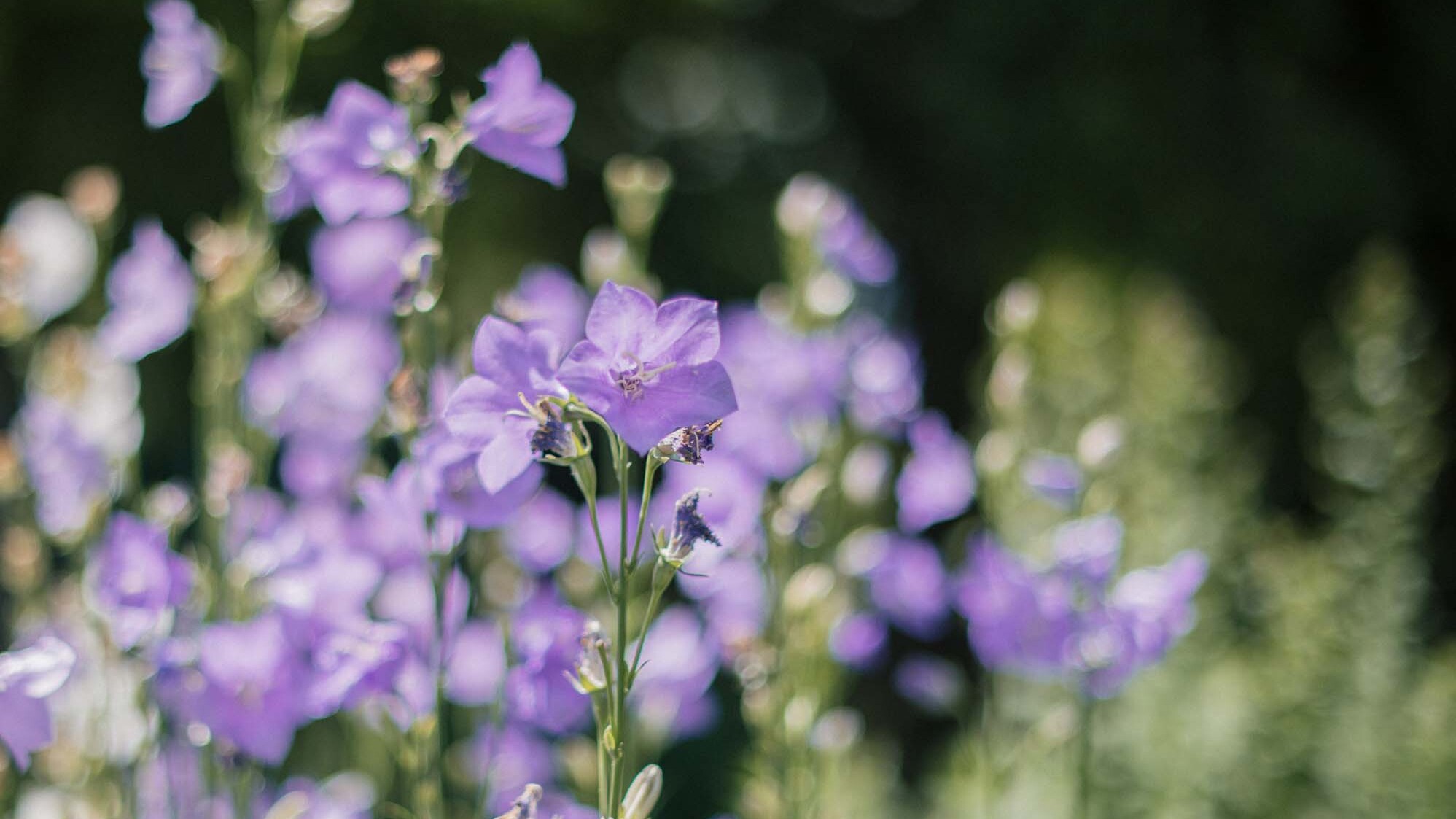Digital Garden
For those missing the Garden we've been out and about with our digital camera to bring you some immersive 360-degree images. These images were taken on 30 April 2020 and we will continue to update them as the year progresses.
Cercis siliquastrum (Judas Tree) and blossom, in Garden of Medicinal Plants.
In the middle of the garden stands Sir Hans Sloane, one of our benefactors. In 1712 he purchased the Manor of Chelsea from Charles Cheyne and leased it to the Worshipful Society of Apothecaries of London for £5 a year, a sum which we pay to Sir Hans Sloane’s descendants to this day.
Garden of Medicinal Plants, which is divided into a series of themed rooms. When the Worshipful Society of Apothecaries of London set up the Garden by the River Thames, it acted as a living medicine chest in which young apothecaries could learn to identify key medicinal plants.
Pelargonium Collection in Glasshouse. Originally from South Africa, Australia and Turkey, they have been a staple of the Garden for over 300 years. By 1724, according to notes kept by Head Gardener Philip Miller, the Garden held some fifty species of Geraniaceae plants.
Tropical Corridor glasshouse. Kept above 15°C all year-round, it supports a collection of some of the most important food, medicinal and useful plants from the equatorial regions – including papaya, banana, coffee and cocoa plants, and many types of orchids. This glasshouse is also home to Cinchona pubescens which was brought to England in the seventeenth century by Sir Hans Sloane, and is a source of quinine – an anti-malarial compound and flavouring in tonic water.
Our pond which was created in 1847 by plant hunter Robert Fortune, and currently is home to this year’s tadpoles!
The Cool Fernery, which dates from the nineteenth century, reflects the interests of Thomas Moore, one of the Curators of the Garden. He wrote many books on ferns which helped spark the ‘Fern Craze’ of the Victorian era. This area is kept cool, humid and shady with regular watering.

